Pets and People Series: Gwen and Harriet the owl
Pets and People Series: Gwen and Harriet the owl
Portrait Series: Pets & People
Recently I was talking about owls on Twitter (as I do a fair bit) and the lovely @trendyredmac replied saying her friend looks after a barn owl… immediately my mind started thinking this was a perfect photo opportunity… skip forward a few weeks and I’m visiting Gwen and her beautiful barn owl Harriet at Gwen’s tweed clothing company ‘Harriet Hoot‘ (named after her owl).
As we were at Gwen’s work, I decided to try and get some work companion shots of Harriet on Gwen’s shoulder as she was working, but my favourites really ended up being the more posed ones of them together, I think they show their relationship nicely.. whilst still showing the environment and telling a little of that story.
- Gloucester
Gwen told me about how she came to look after Harriet:
“I have owned many animals over the years and still have 2 dogs, 2 horses and a cat, however, I always dreamt of owning a bird of prey. It wasn’t until I went on several experience days that I fell in love with the beautiful barn owl.
I carefully researched ownership, undertook training in handling and veterinary care and found someone who was willing to act as a mentor. I ordered my egg with a reputable breeder and got updates when it hatched and when my chick was ready to collect. At 4 weeks “Squeak” wasn’t standing and alarmingly barn owls are great at lying down and playing dead! “Squeak” grew rapidly and it was amazing to watch the feathers develop under the down. I couldn’t tell if Squeak was male or female but the size of claws along with the heavy speckling led me to think it was female. At 51 days old “Harriet Hoot” took her first flight to the glove and at 13 months she laid her first eggs.
Harriet is now almost 2 years old. She lives in large aviary in the garden but often comes into the house where she loves to watch me working on my laptop. I still get an immense thrill to have her fly to me and never cease to be amazed at her outstanding beauty.”
My trip to see Gwen and Harriet has made me want to photograph more people with interesting pets, I have already visited a woman with a 4 foot snake and I’ve got other sessions lined up, too…. please do let me know if you or a friend could be part of this project.
Finally I’d like to say a huge thank you to Gwen and Harriet for letting me into their world for a while, it was great to meet you both.
By the way, if you haven’t already seen it, you might appreciate my Birds of Prey page!
Thanks
Paul
To finish this blog I thought I’d add a bit of a fact file about Barn Owls.. hope you like it:
Barn Owls: Graceful Creatures of the Night
Barn owls (Tyto alba) are one of the most beautiful and fascinating birds of prey. With their heart-shaped faces and soft, ghostly flight, they captivate the imagination and inspire awe. Known for their hunting skills and unique appearance, barn owls are an important part of ecosystems and have captured human fascination for centuries. Let’s dive into some remarkable facts about these incredible birds.
The Unique Appearance of Barn Owls
Barn owls are instantly recognisable due to their distinctive heart-shaped face, which is framed by a ring of feathers. Their plumage varies in shades of white, cream, and golden, and they have dark eyes that add to their striking appearance. This heart-shaped face isn’t just for show—it plays a vital role in their hunting abilities. It helps funnel sound to their ears, allowing them to detect prey even in complete darkness.
Their wings are long and broad, enabling them to glide silently through the night. The design of their feathers also contributes to their stealthy flight, as their unique structure reduces noise when they fly. This near-silent flight makes barn owls one of the most effective nocturnal hunters.
Silent and Efficient Hunters
Barn owls are skilled hunters, renowned for their ability to catch prey in almost complete silence. They are primarily nocturnal, using their acute sense of hearing to locate small mammals, such as rodents, in the dark. Their facial disc acts as a natural amplifier, helping them to pinpoint sounds with exceptional accuracy.
They also have asymmetrical ears, with one ear positioned higher than the other. This allows them to detect sounds from multiple directions and locate prey even if it is hidden in tall grass or underbrush. Barn owls rely on their silent flight to sneak up on prey without being heard, giving them the element of surprise.
Hunting Techniques and Diet
Barn owls are opportunistic hunters, with their diet mainly consisting of small mammals like voles, mice, and shrews. They will also eat small birds and insects when necessary. Using their excellent hearing and sharp talons, they capture prey and swallow it whole.
One of the most interesting things about barn owls is that they do not chew their food. After swallowing their prey, they regurgitate indigestible parts—such as bones and fur—in the form of pellets. These pellets are often found in the vicinity of their roosts and provide valuable insight into their diet and hunting habits.
The Barn Owl’s Role in Ecosystems
Barn owls are essential in controlling rodent populations. In agricultural areas, they help keep the numbers of crop-damaging rodents in check, making them valuable allies for farmers. Their presence in rural and urban areas is an indicator of a healthy ecosystem, as they need plentiful food sources to thrive.
Their role as natural pest controllers is particularly important in reducing the need for chemical pesticides, which can have negative impacts on the environment. By relying on barn owls to hunt rodents, ecosystems can maintain a balance without the need for harmful chemicals.
Fascinating Behavior and Habits
Barn owls are solitary creatures that prefer to hunt and roost alone. They are also highly territorial, with males establishing their territories and defending them fiercely. When it comes to nesting, barn owls typically choose secluded places, such as old barns, tree cavities, or other abandoned buildings, where they can lay their eggs safely.
Barn owls usually breed once a year, and the female typically lays 3-7 eggs. The eggs hatch after about a month, and the young owls, known as owlets, are raised by both parents. They stay in the nest for several weeks before venturing out to learn how to hunt on their own.
Interesting Facts About Barn Owls
- Wide Distribution: Barn owls are found on every continent except Antarctica.
- Silent Flight: Their specially adapted feathers allow them to hunt silently, undetectable by prey.
- Excellent Hearing: They can locate prey based solely on sound, even in complete darkness.
- Symbol of Wisdom: Barn owls are often linked to intelligence in myths and legends.
- Unique Voice: Their screeches and hisses are unlike the “hoot” of other owls.
- Longevity in the Wild: Barn owls typically live 4-6 years in the wild, although some can live much longer.
- Egg Layers: Female barn owls can lay up to seven eggs per clutch, depending on food availability.
- Heart-Shaped Face: Their face acts as a sound dish, amplifying noises for precise hunting.
- Adaptable Hunters: They thrive in both rural and urban settings, as long as there’s sufficient prey.
- Natural Pest Control: A single barn owl can consume thousands of rodents each year.
Barn owls are not only awe-inspiring creatures but also crucial to the health of their environments. Their graceful flight, remarkable hunting skills, and fascinating behavior make them a true marvel of the natural world.

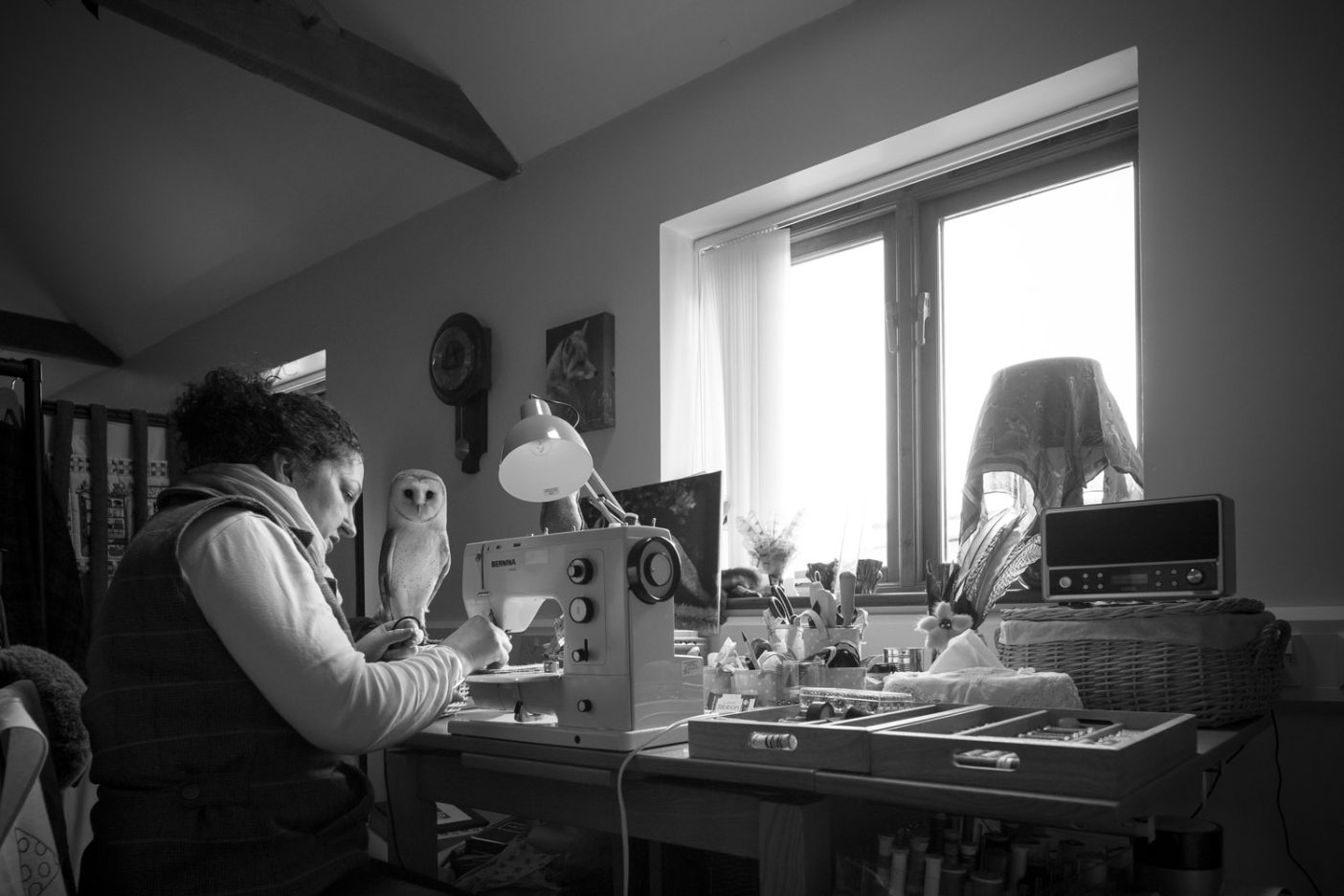

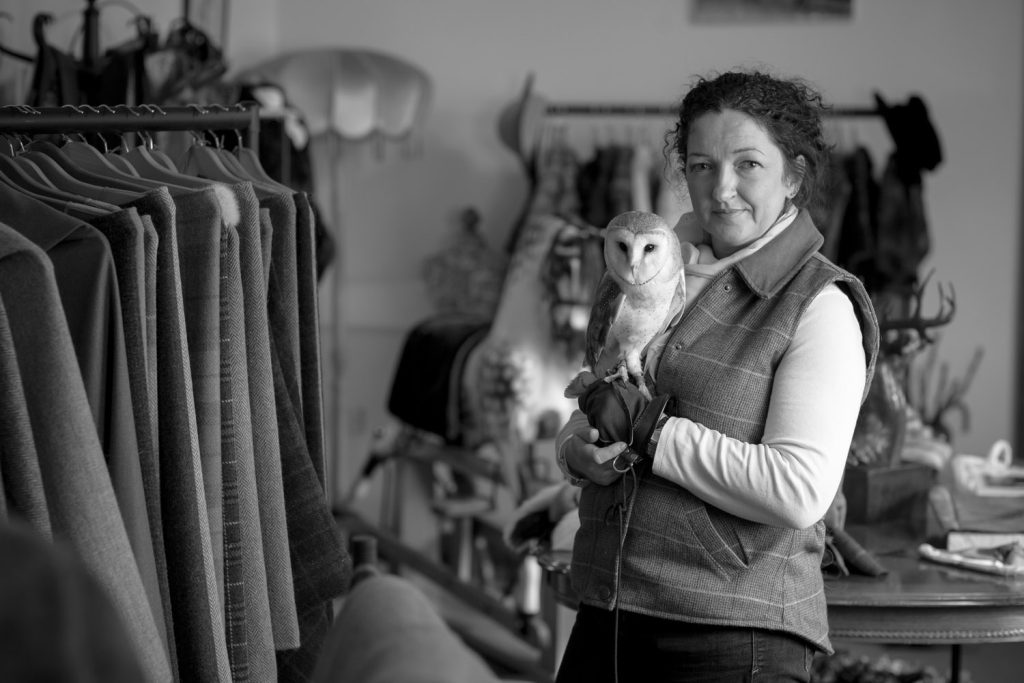
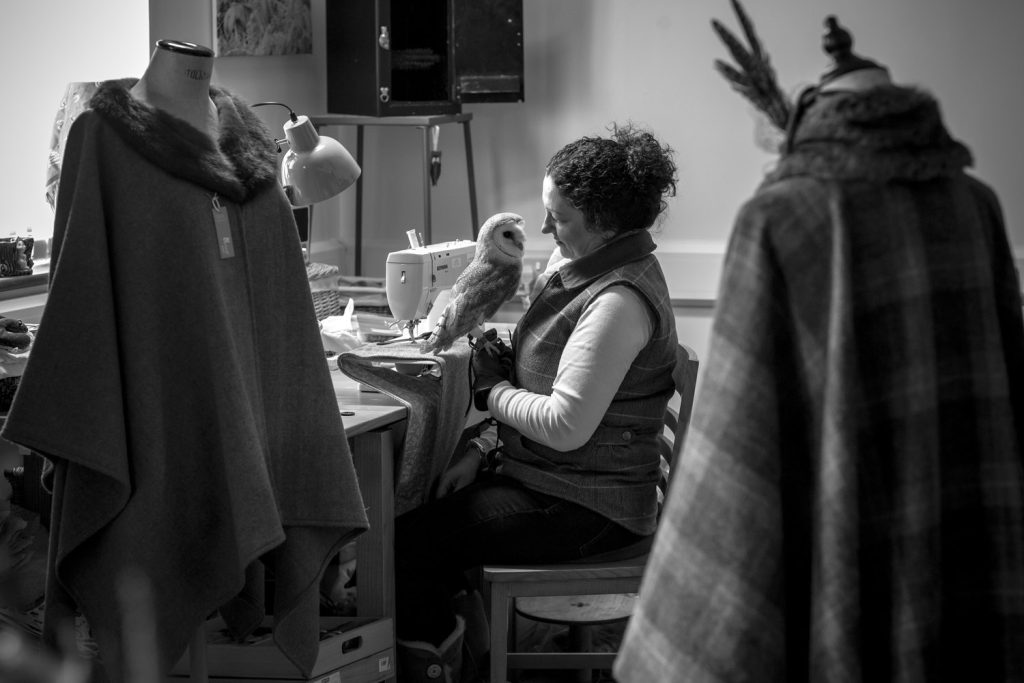
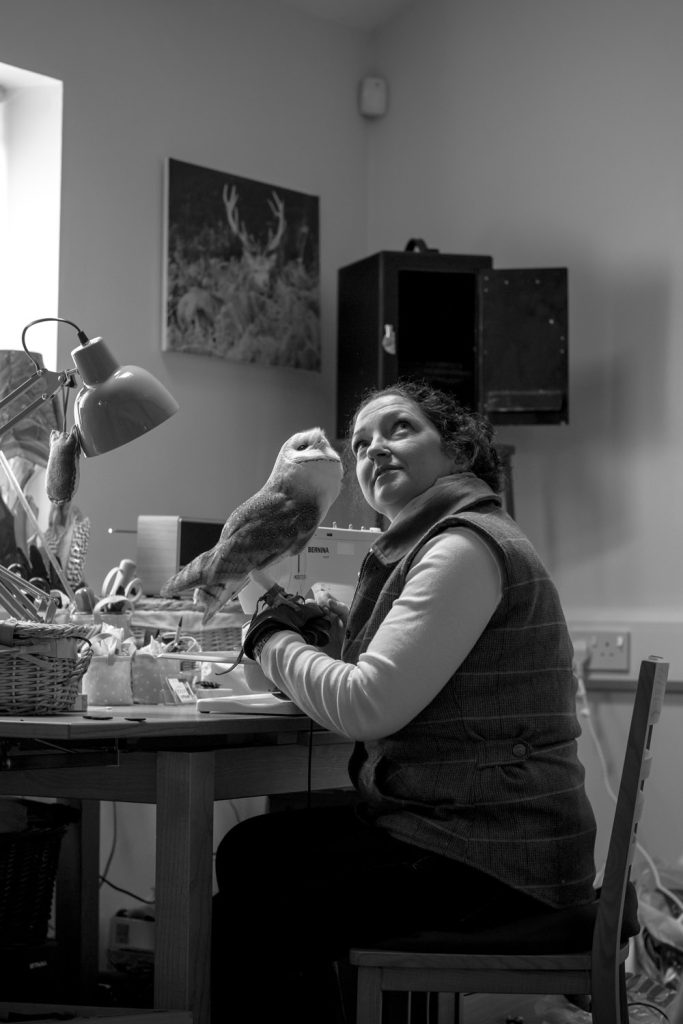
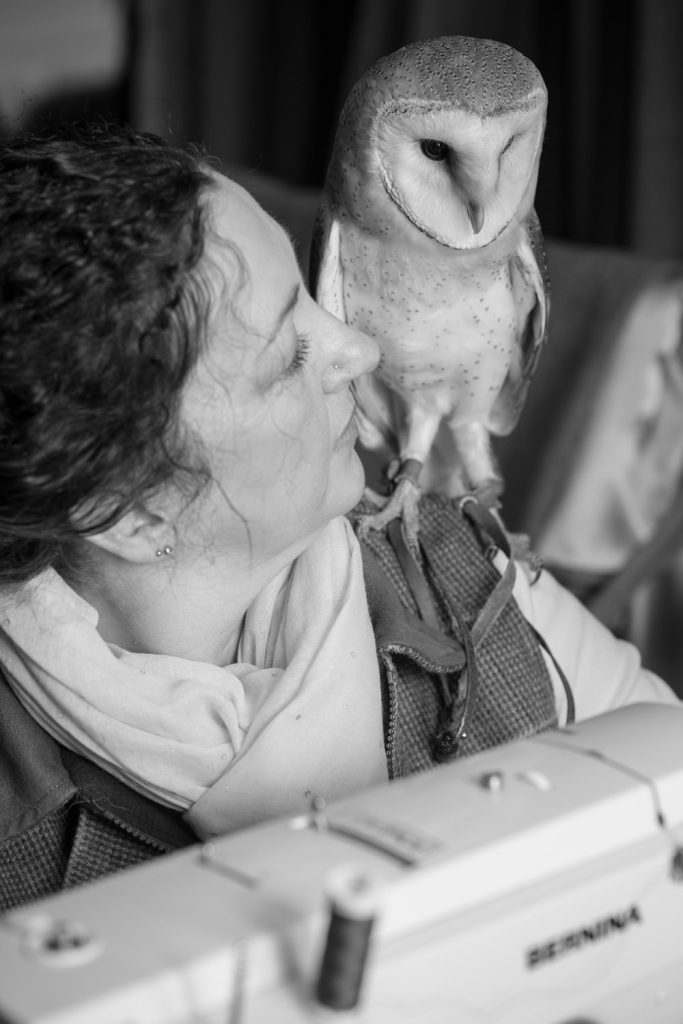
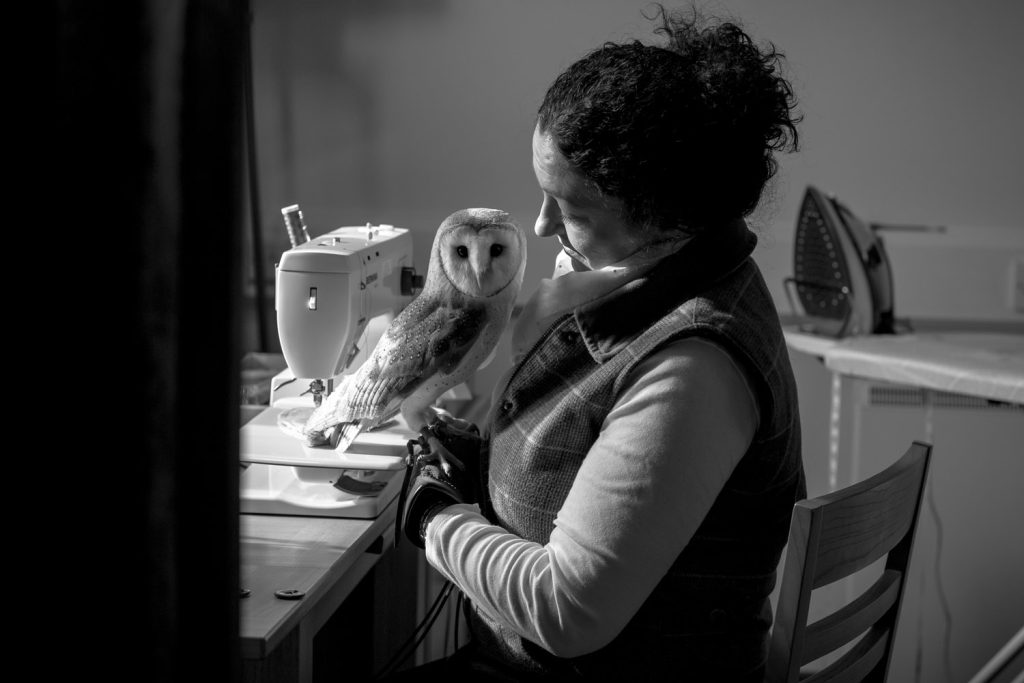
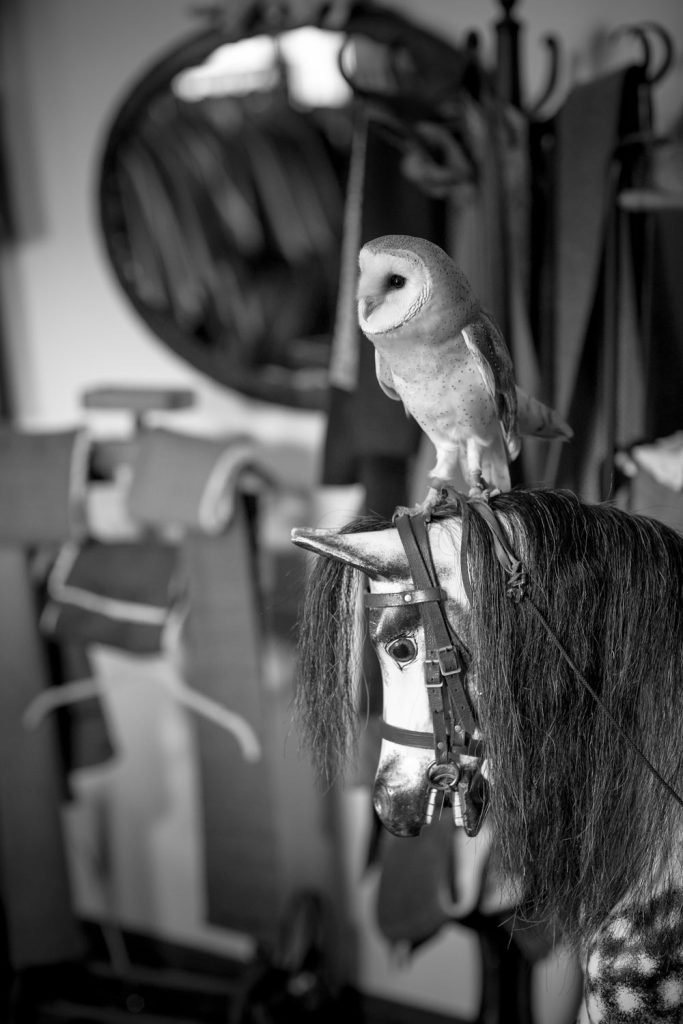
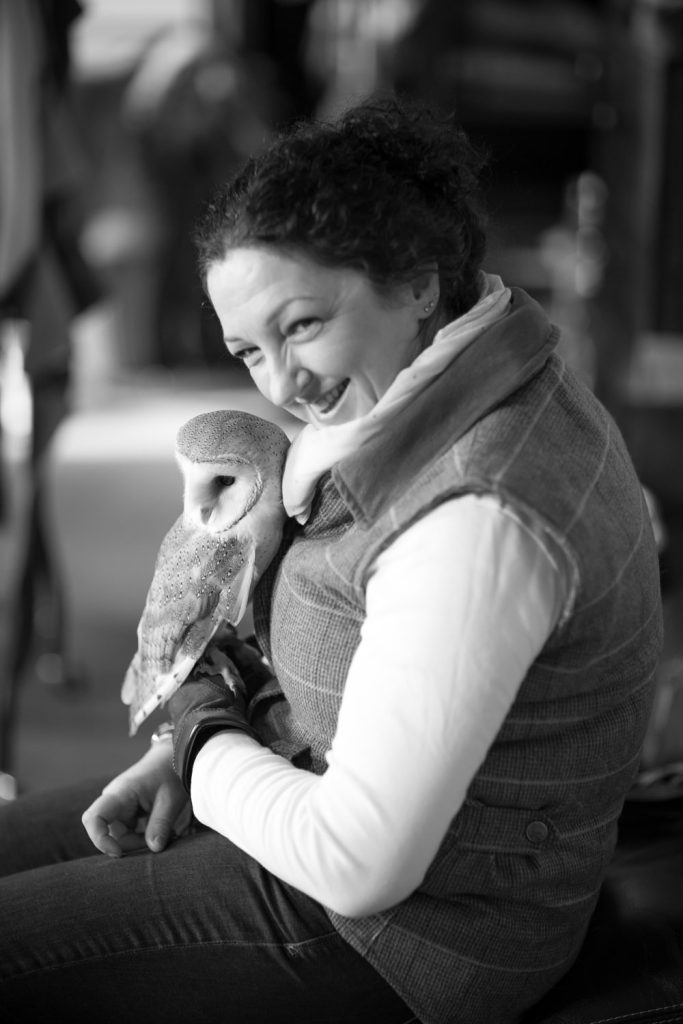
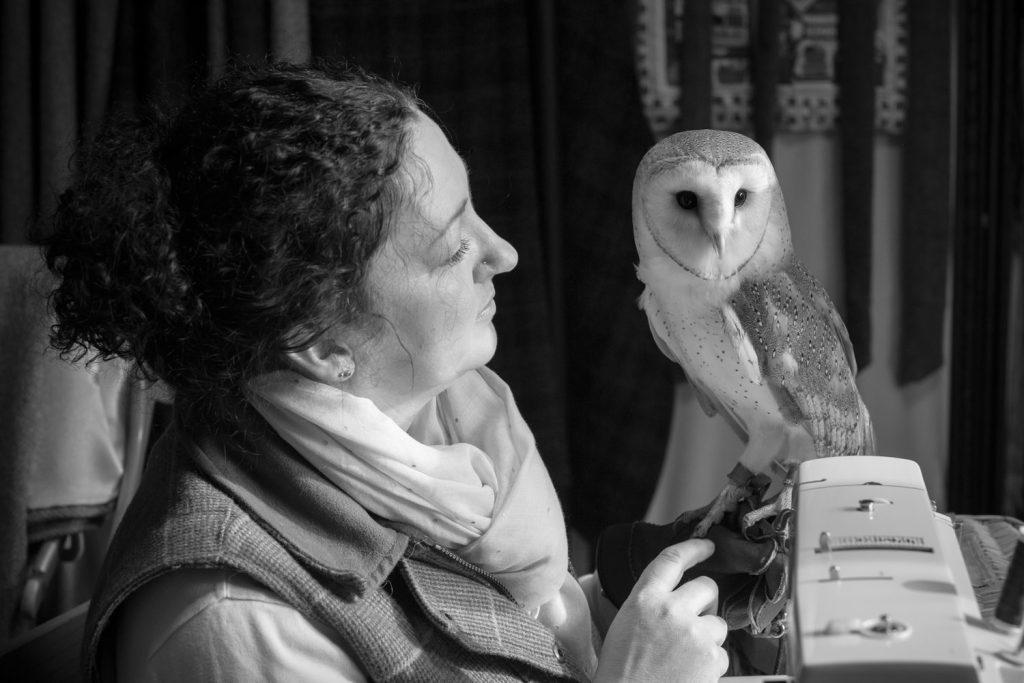
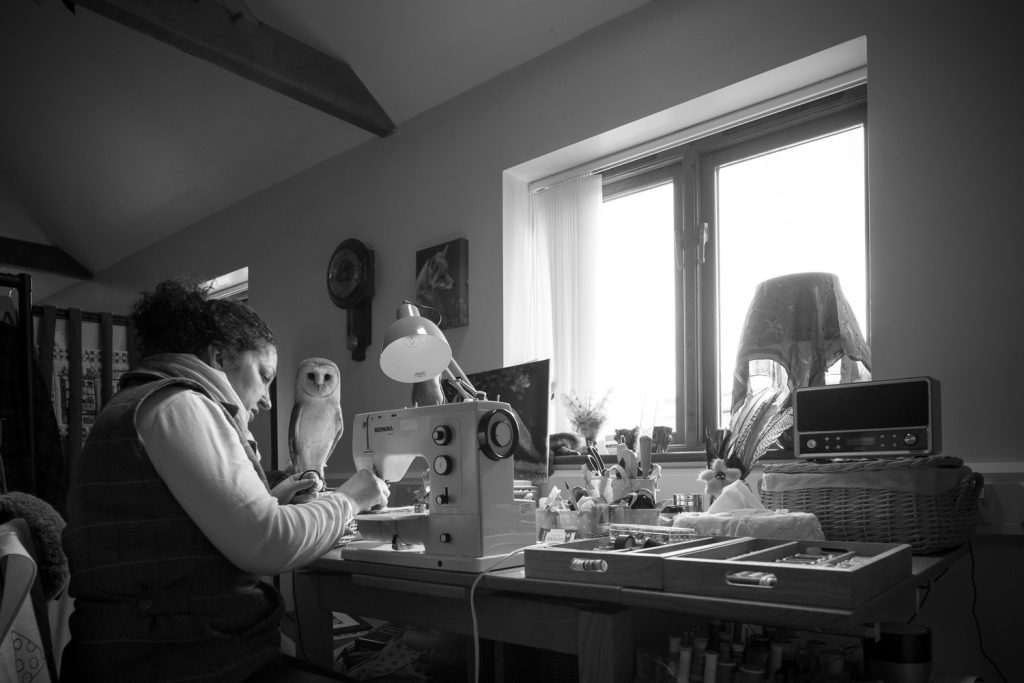
Sean Malyon
says:Lovely shots Paul. They look ace in b&w. Owls: they’re a cat’s head on a bird’s body.
Paul Groom
says:Well I like to think that their design is based on an elaborate tea cozy with eyes and ears.
Paul Groom
says:(and beak) oVo